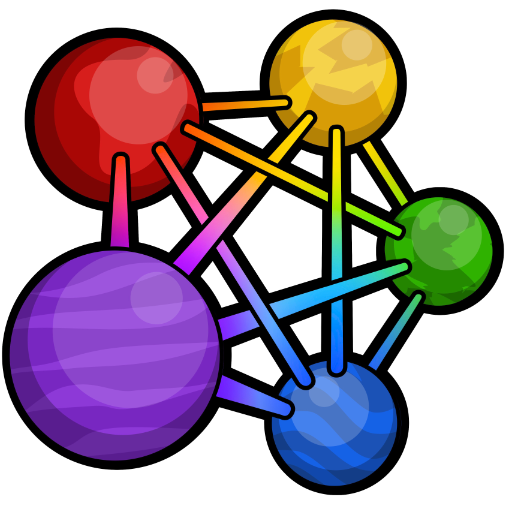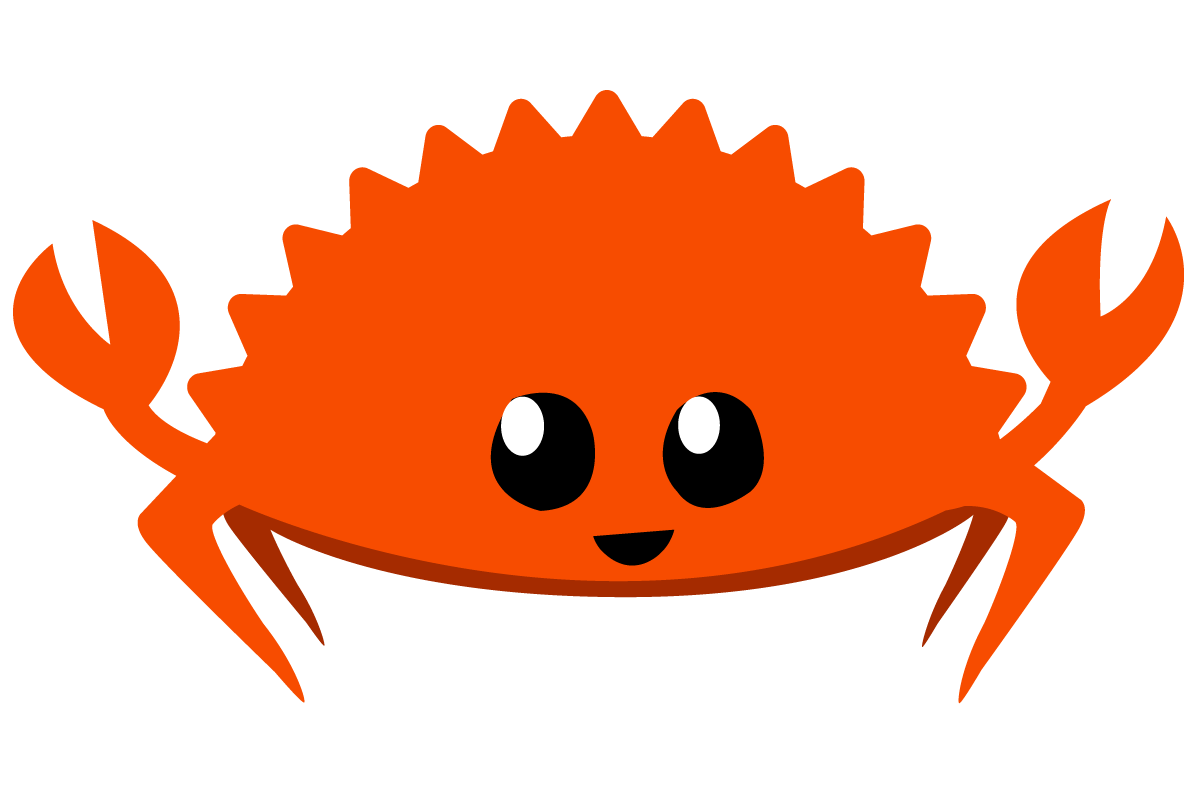A handful of mini-revolutions have already occurred.
One came in the mid-2000s,
when Ruth #Britto, Freddy #Cachazo, Bo #Feng and Edward #Witten discovered the “#recursion #relations,”
equations that let physicists condense hundreds of pages of Feynman diagrams to mere lines.
Around the same time, Arkani-Hamed joined the hunt for a new conceptual perspective on particle physics,
after a couple of thought experiments led him to doubt that space and time are truly well-founded physical concepts.
Several years later, he and Trnka discovered the amplituhedron.
The amplituhedron is a curvy shape whose contours encode the number and orientation of particles involved in an interaction.
Its volume gives the amplitude for that interaction to occur.
This volume equals the sum of amplitudes of all the Feynman diagrams depicting the various alternative ways the interaction could play out,
but in this case you calculate the answer without reference to those spatiotemporal dynamics;
all you need is the list of momentums of the particles that exist before and after the interaction.
“However the scattering happens, it’s controlled by this real structure,”
said Vijay Balasubramanian, a physicist at the University of Pennsylvania who studies quantum gravity.
“You don’t have to talk about space-time.”
The surprising discovery brought new people into the search.
But the amplituhedron worked only for a theory of particles that came hand in hand with exotic partner particles,
a simplifying balance called supersymmetry.
(Generally speaking, one quantum “theory” describes one specific set of rules for one specific set of particles.
As such, there are many quantum theories, some for real particles and others for fictitious ones.)
“You’re a little bit suspicious that maybe the amazing things you’re seeing have nothing to do with the real world,” said Giulio Salvatori,
a physicist who would later join the group.
In the following years, Arkani-Hamed’s team identified a second type of shape,
the “#associahedron,” that worked in a similar way.
It had flat sides, and its volume gave scattering amplitudes for the particles of a simplified quantum theory,
one that’s easier to study.
The particles in this theory carry a type of charge called “color” that is also carried by the quarks and gluons in real-world atomic nuclei.
(This charge has nothing to do with actual colors, but the mathematics of how charges combine to make color-neutral composite particles resembles how red, green and blue light together make white.)
The particles of this theory also lack supersymmetric partners.
The associahedron therefore represented a major step toward the real world.
But the shape gave only partial answers, producing amplitudes for only the shortest sequences of subatomic events.
Sensing a breakthrough was close, Arkani-Hamed recruited Salvatori and Hadleigh Frost at the University of Oxford,
young physicists who had been independently advancing the understanding of the associahedron’s strange shapes,
along with the mathematicians Pierre-Guy Plamondon and Hugh Thomas.
In 2019, the gang started looking for a geometrical route to all of these amplitudes.
Then the pandemic hit,
and the team left our space-time to work in the digital ether of Zoom.
They would emerge two years later with a second revolutionary way of doing quantum physics.



 fediverse
fediverse 
